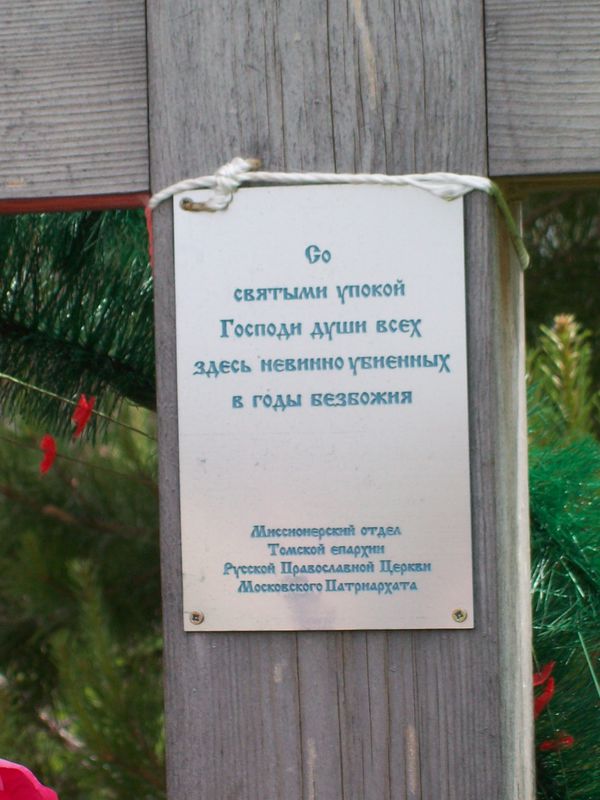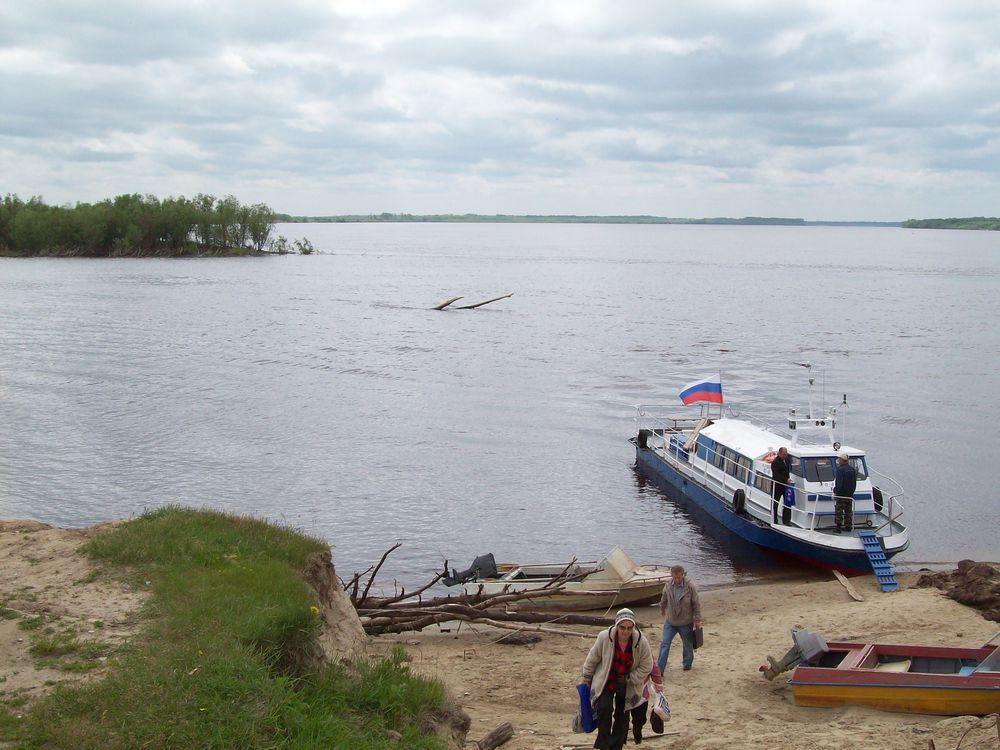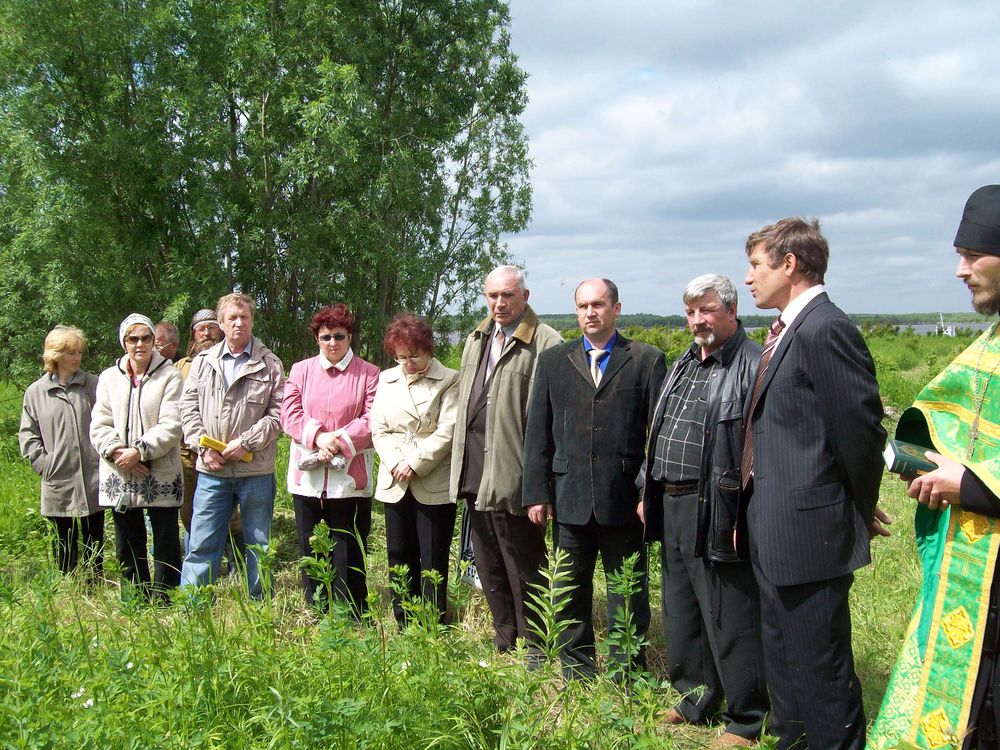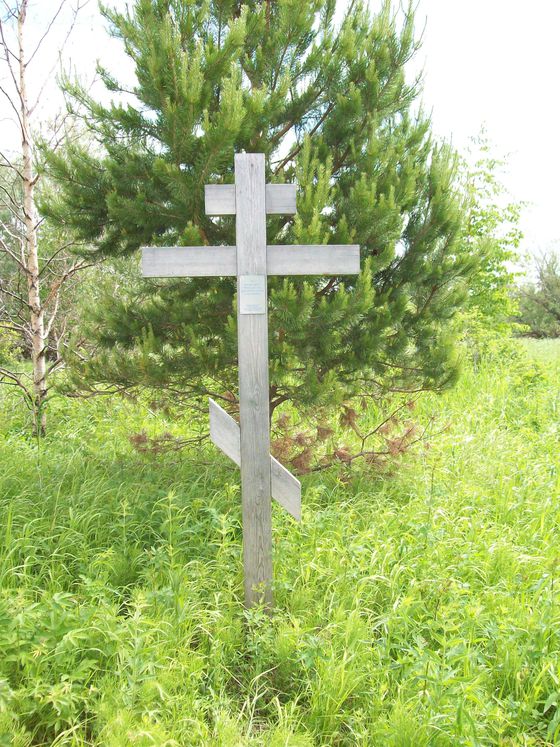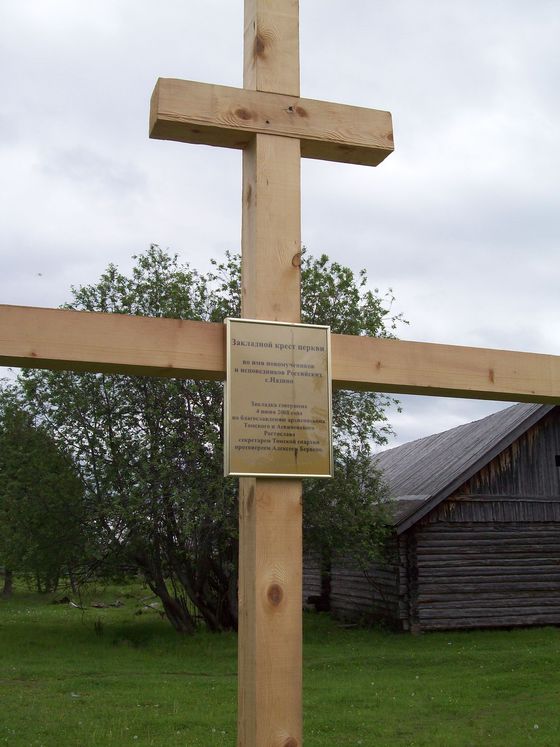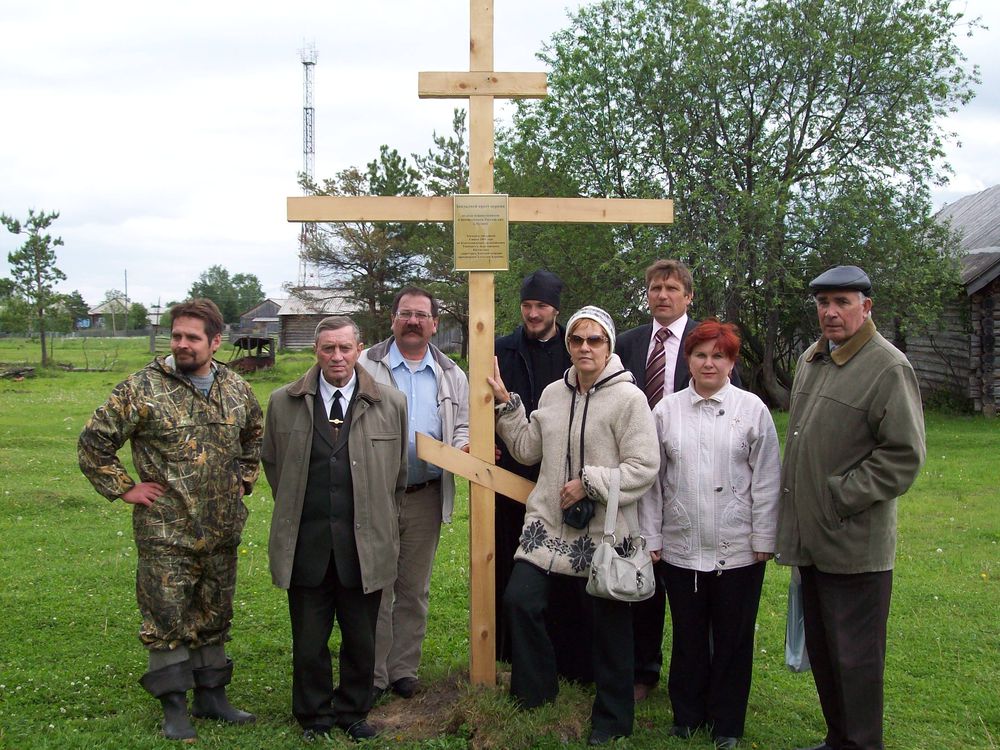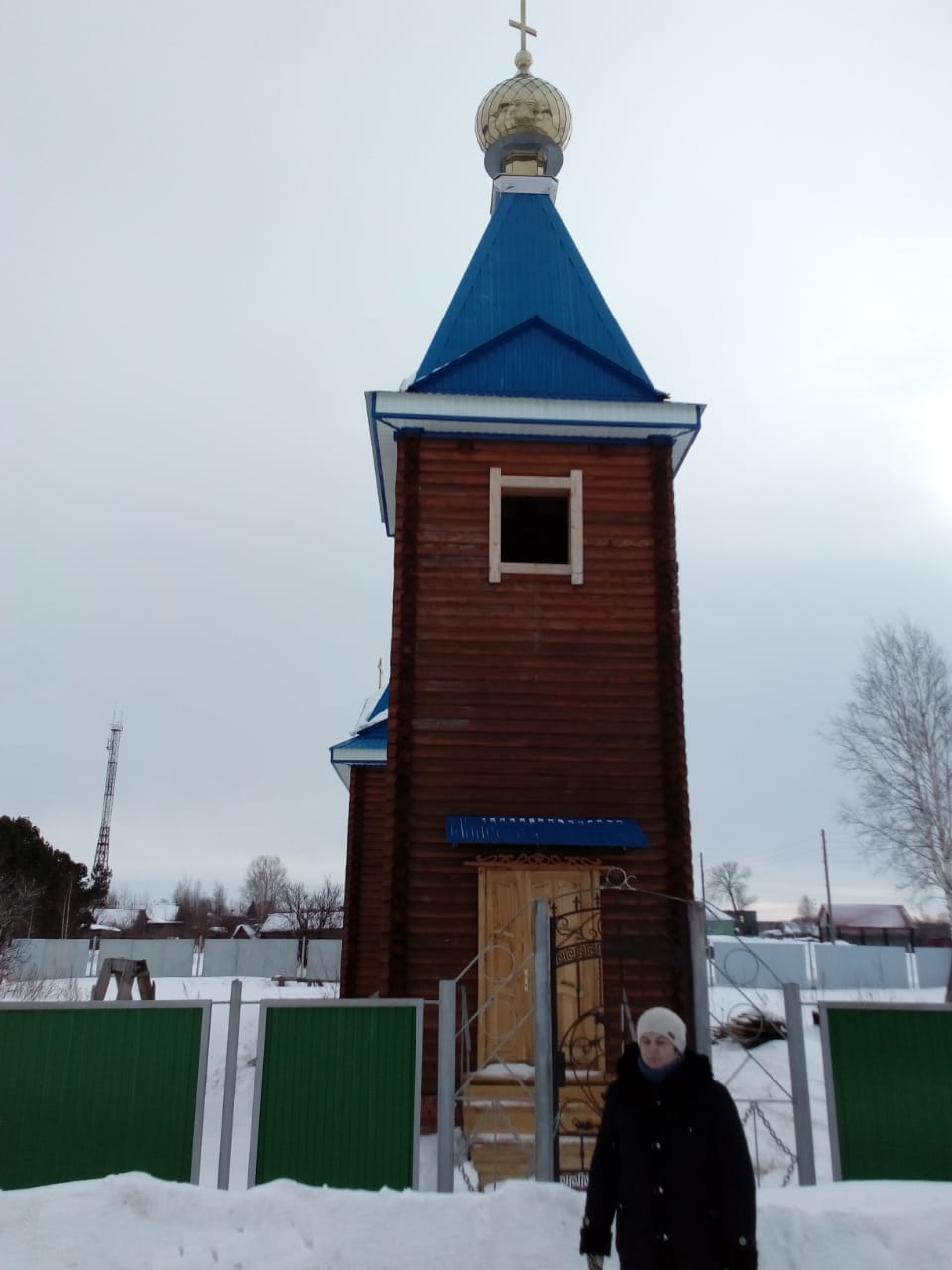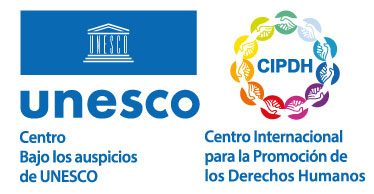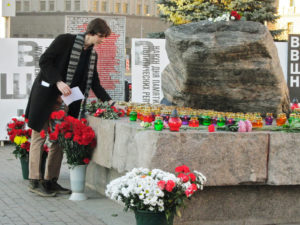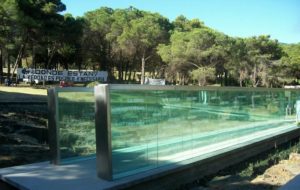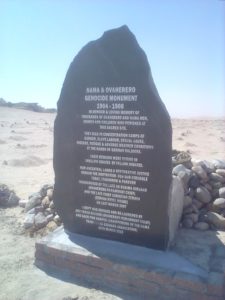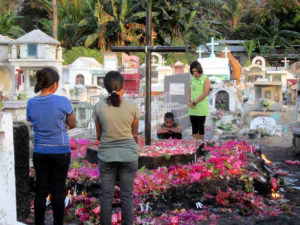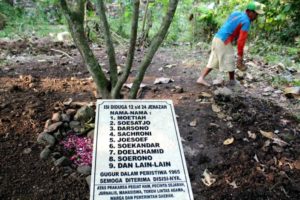Nazino Island Memorial
Monument
Theme: Political persecution

Address
Nazino Island
Country
Russia
City
Nazino
Continent
Europe
Theme: Political persecution
Purpose of Memory
To honour the people who were deported and died on Nazino Island in 1933.
Known Designation
Nazino Island Memorial
Institutional Designation
The cross of the Church on behalf of the new martyrs and confessors of Russia
Date of creation / identification / declaration
1993
Public Access
Free
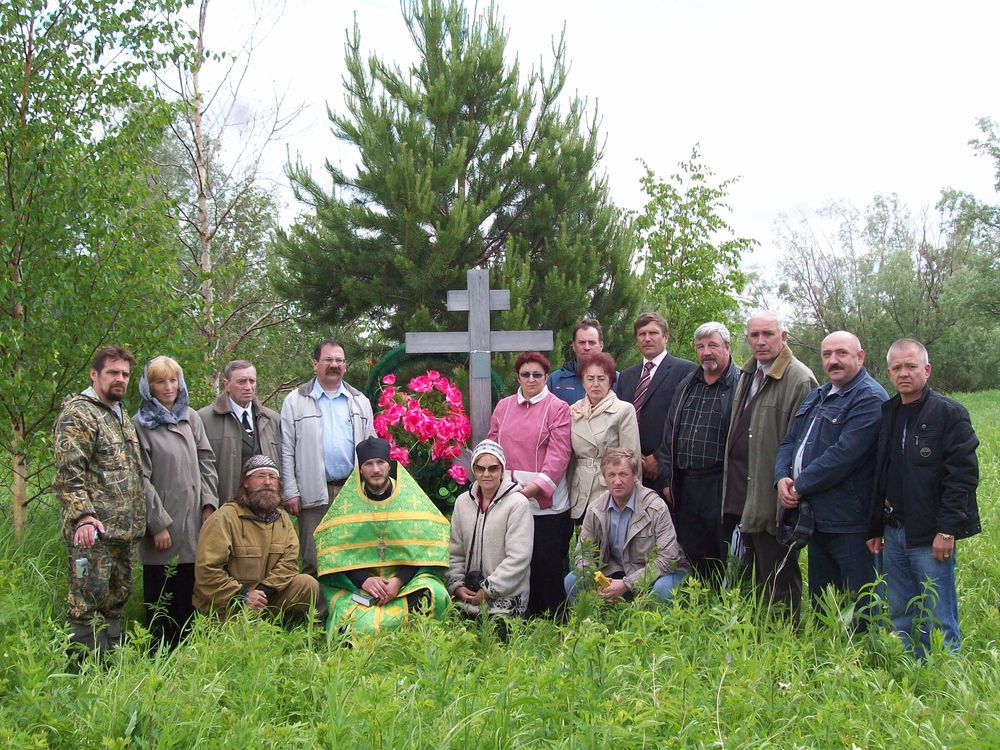
Location description
Nazino Island, also known as Nazinsky, is situated in Siberia, at the confluence of Rivers Ob and Nazina, approximately 800 kilometres to the north of Tomsk. It is known as Death Island or Cannibal Island because around 6000 people were deported and abandoned there in the summer of 1933 by order of the Soviet authorities, and 4000 of them died. At present, different sites commemorate the victims in the area. Every June, an ceremony is held both on the island and in the town of Nazino in honour of the victims.
In the early 1930s, the Soviet regime prepared a displacement plan to Siberia and Kazakhstan so that millions of people, who were considered “polluting elements in a socialist society under construction” were deployed to “improve the natural resources of the Soviet East”. Because of the improvised nature of the plan, the displaced were taken to randomly-chosen sites where they lacked the basics for survival.
On 18 May 1933, almost 6000 people, most of whom had been caught because they didn’t carry the internal passport with them (a document created in 1932 during Stalin’s administration to control the movement of citizens), disembarked on Nazino Island, a three kilometre long and 500 metre wide tract of swampy land in Siberia. By 20 August, only 2200 remained. The rest succumbed to disease or hunger or were murdered by the guards or fellow prisoners. Also, there were many cases of cannibalism. In view of this chaotic situation, the authorities finally decided to transfer the survivors to other settlements.
A research conducted in July 1933 about what happened on Nazino Island contributed to the decision to abandon the “special settlements”. By the end of that year, Moscow decided to create more forced labour camps known as gulag.
The difficulty in identifying the tombs of those who died in 1933 stems mainly from the alluvial soil of River Ob that changed the shape of the island.
The research on the abandonment of almost 6000 people on Nazino Island in 1933 was conducted that year by a local responsible communist, Vasily Velichko, whose report reached Stalin’s but did not effect change to the deportees’ situation. It was during the last years of the Soviet regime when the research was declassified and published in The Special Settlers in Western Siberia collection in 1994 that those events came to light. Nazino Island became a symbol of the failure and horror of the displacement plans to Siberia and Kazakhstan implemented by the Soviet regime.
In 1989, an expedition organised by the regional branch of the Russian Memorial Society (Memorial-Tomsk) travelled to Nazino to look into the facts. The team went around the island and interviewed the last witnesses who lived in the area. The first-person testimonies of the abandonment of thousands of people were published in the press for the first time and became known around the world. From this research, the Ministry of Culture of Russia declared the island part of the country’s historical heritage. In June 1993, thanks to Memorial-Tomsk, a 6 metre long commemorative cross was set up with a plaque that reads “To the victims of political repression”. 1933-1993”. Every June since then, a commemoration of the victims is held and a wreath is placed on the cross.
In 2006, the Tomsk diocese set up a new cross to replace the original, which had been washed away by the current. In 2008, another cross was erected in the village and in 2018, the construction of a church was decided to honour the victims, which was funded with donations from the townspeople.
Memorial-Tomsk contributes to the memorialisation of the repression in that region in Soviet times through plaques, monuments and a museum located in the old prison of the secret police. The Tomsk Memorial NKVD Prison Museum is dedicated to research and spread information about tens of thousands of victims of political repression in the Tomsk region, mainly by means of exhibitions, archives and databases.

